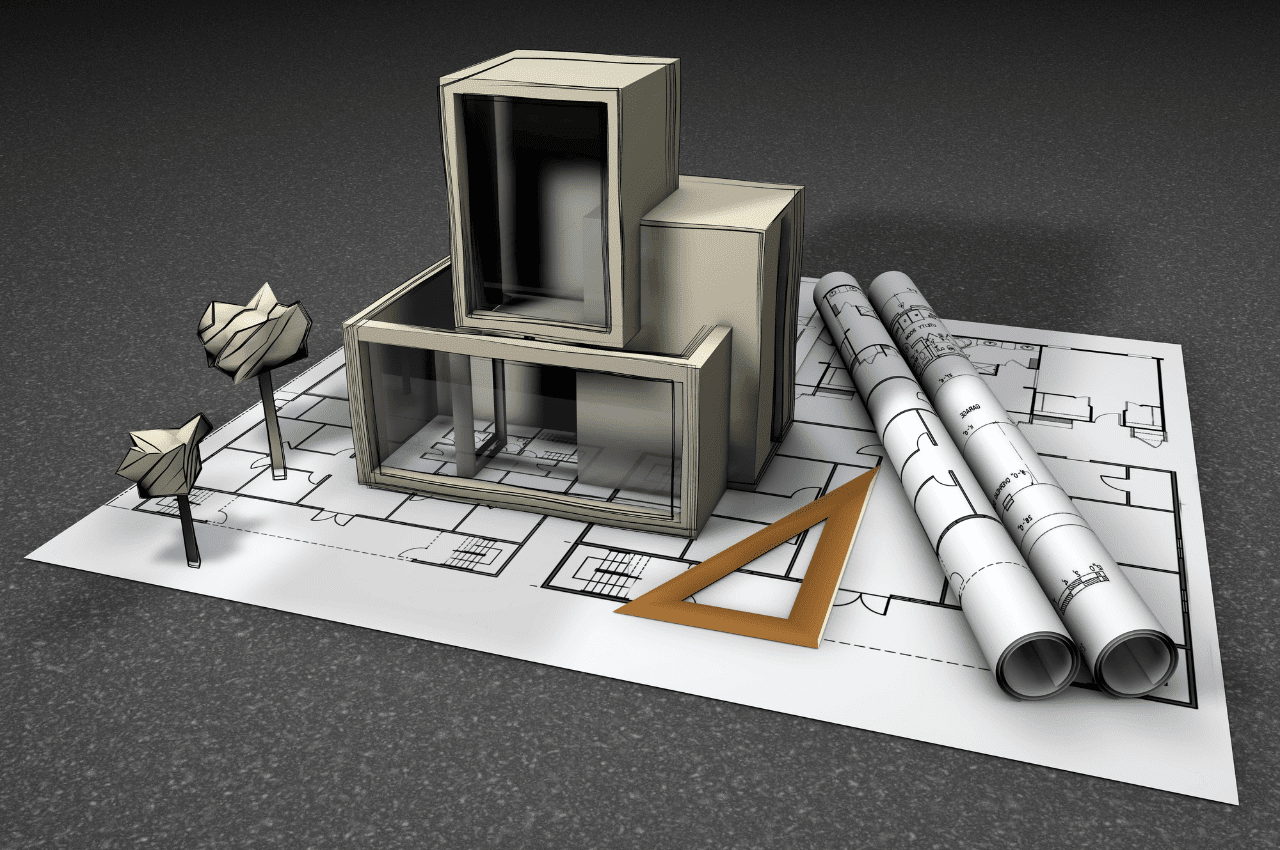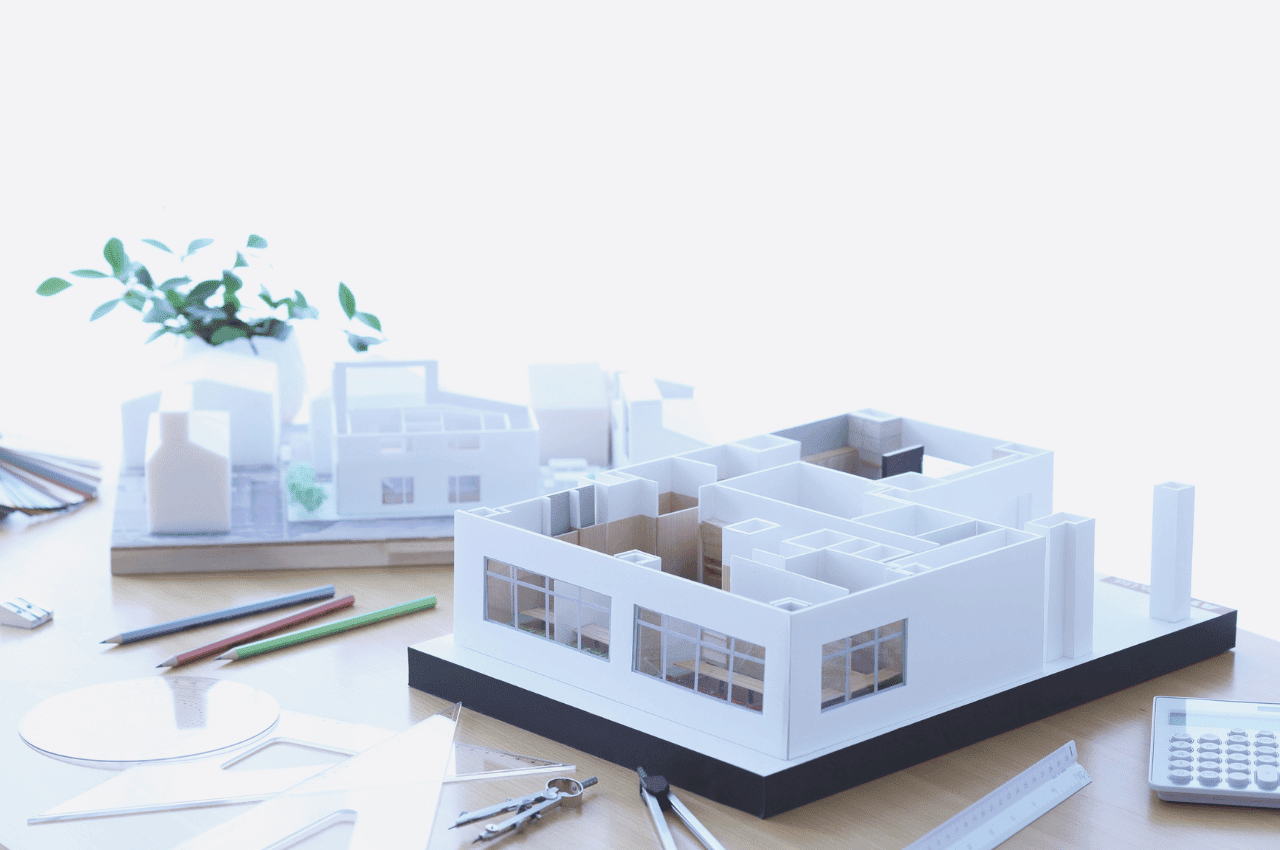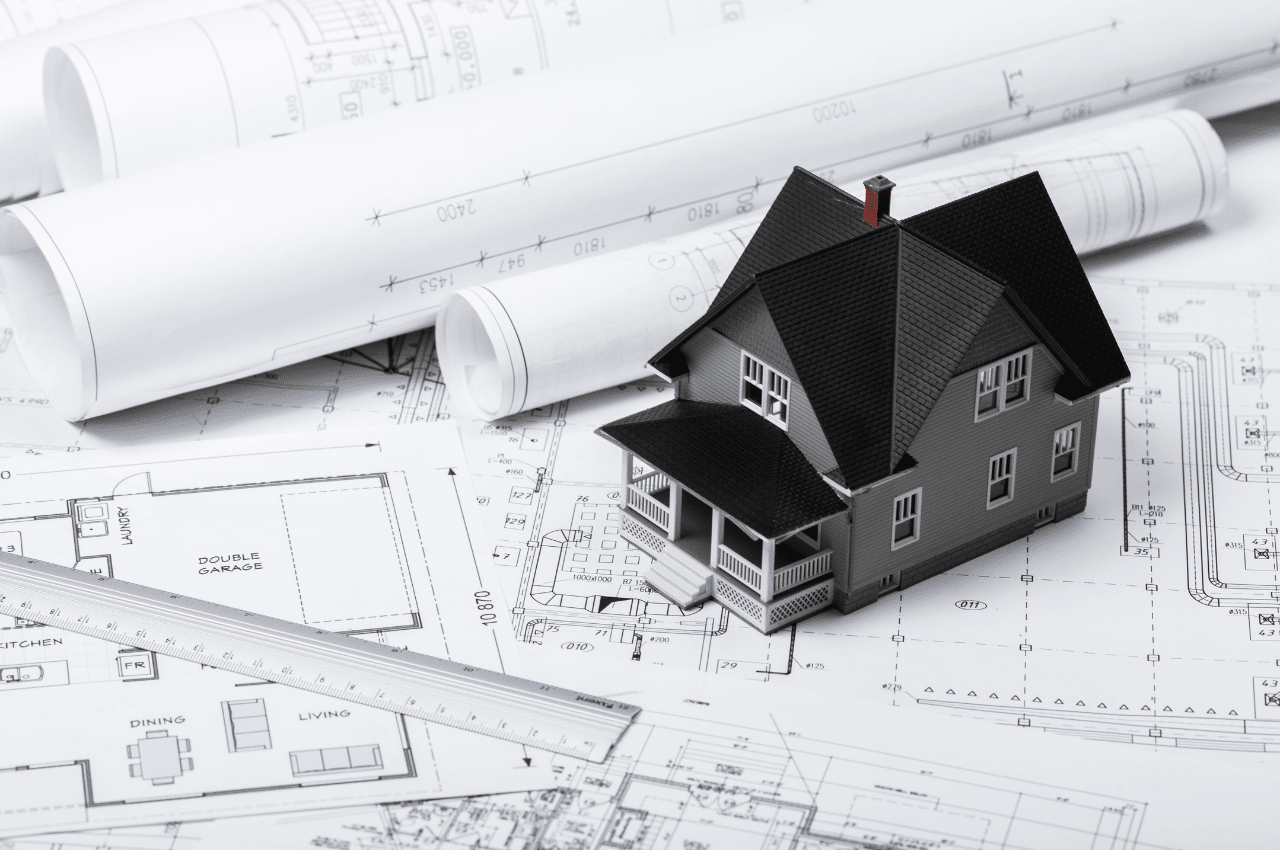Introduction
When it comes to designing your home or any other space, choosing the right professional is critical. Two commonly used terms in the building and design industry are architect and architecture designer. Although they appear to be interchangeable at first glance, their credentials, duties, and project kinds vary significantly.
In this article, we’ll break down what separates these two roles, and help you determine which one is better suited for your renovation or construction needs.
What Is an Architect?
An architect is a fully qualified and licensed professional trained to handle building design and construction from start to finish. In Malaysia, architects must be registered with the Board of Architects Malaysia (Lembaga Arkitek Malaysia – LAM) to legally offer architectural services and submit building plans for approval.
Key Responsibilities of an Architect:
- Creating complete architectural designs for buildings and structures
- Preparing and submitting plans for planning permission and regulatory approval
- Ensuring compliance with building codes and structural safety standards
- Coordinating with engineers, surveyors, and other construction professionals
- Supervising construction to ensure that the project is executed according to the design and standards
Architects are legally accountable for the structural safety and legality of their projects, as well as the artistic and technical aspects of building design in general.
What Is an Architecture Designer?
An architecture designer is someone who may have studied architecture or a related field but is not a licensed architect. This role focuses on the design and aesthetic aspects of a project rather than the technical or regulatory requirements.
Common Duties of an Architectural Designer:
- Developing initial design concepts and creative layouts
- Providing 2D drawings and 3D visualizations for clients
- Suggesting material options, furniture layouts, and aesthetic enhancements
- Optimizing space usage within interior and exterior areas
- Assisting clients with mood boards and planning functional spaces
While architectural designers are highly skilled in planning and visualization, they cannot legally submit building plans to authorities for approval or supervise large-scale structural changes.

Key Differences Between Architect and Architectural Designers
Understanding the difference comes down to a few essential areas:
1. Licensing and Regulation
Architects are legally licensed professionals. In contrast, architectural designers do not need a license to offer their services, although they may have academic qualifications in architecture or design.
2. Legal Authority
Only licensed architects can submit building plans to local authorities or obtain planning permission for construction. If your project requires approval from city councils or other government bodies, an architectural designer alone cannot complete that process.
3. Project Scope
Architects handle everything from small renovations to high-rise commercial buildings. Architectural designers are typically involved in smaller-scale projects such as home renovations, interior layout improvements, or non-structural design enhancements.
4. Cost
Due to their qualifications and the legal weight of their services, architects usually charge higher fees. Architectural designers, with a more limited role, often provide more affordable services—ideal for clients with modest budgets or non-technical projects.
5. Construction Supervision
Architects may manage construction and monitor contractors on-site. Architectural designers rarely take on such responsibilities unless they are working under the supervision of a certified architect.
When Should You Hire an Architect?
You should engage a licensed architect when your project involves:
- Constructing a new building from scratch
- Major renovations that include modifying the building’s structure
- Projects requiring permits, approvals, or submission to local authorities
- Complex work that requires coordination with multiple stakeholders like engineers or surveyors
- Ensuring your building meets national safety standards and codes
Architects are especially needed for large-scale projects or any work involving public buildings, structural modifications, or significant investment where legal and technical compliance is essential.

When Is an Architecture Designer the Right Fit?
An architectural designer is a better choice when:
- You’re working on small renovations or upgrades that do not affect the structure
- You want help with layout planning, styling, or aesthetic improvements
- You already have a contractor and only need design input or drawings
- You’re planning an interior makeover such as kitchen remodeling or retail design
- You’re on a tight budget but still want professional design insights
Architectural designers are particularly valuable during the conceptual phase of a project. They bring creativity and an eye for detail that helps homeowners visualize their dream spaces without dealing with the red tape of structural approval.
How Are They Different from Interior Designers and Draftsmen?
It’s also helpful to distinguish between architectural designers, interior designers, and draftsmen:
- Interior designers focus on creating appealing, functional interior environments—choosing colors, lighting, furniture, and finishes.
- Draftsmen or drafters prepare technical drawings and blueprints based on someone else’s design but typically don’t create original designs themselves.
Depending on your project, you might hire all three professionals. For instance, an interior designer to enhance the building’s aesthetic appeal, an architect to guarantee the building’s sound and legal structure, and an architectural designer for the layout.

Who Should You Hire? Real-Life Examples
Let’s consider a few scenarios:
Example 1: Building a New Bungalow
Hire an architect. This project will require permits, structural calculations, and full architectural drawings.
Example 2: Renovating a Kitchen
Hire an architectural designer or interior designer. Since this doesn’t involve structural work, a design specialist is sufficient.
Example 3: Adding a Second Floor
Hire an architect. This involves major structural work and requires approval from the local authorities.
Example 4: Designing a Café Interior
Hire an architectural designer, possibly in collaboration with an interior designer. If there are no structural changes, this combination works well.
Things to Consider Before Making a Decision
When deciding between an architect and an architectural designer, ask yourself the following:
- Will my project require approval or submission to local councils?
- Am I planning structural changes or additions?
- Do I need someone to manage the entire construction process?
- Is this mainly an aesthetic or layout-based renovation?
- What is my budget?
If your answers lean toward legal compliance and structural work, go with a licensed architect. If it’s mostly layout planning or cosmetic improvement, an architectural designer might be exactly what you need.
Cost Comparison
Costs can vary depending on the firm or individual, but generally:
- Architects could charge on an hourly or milestone basis, or they may charge a percentage of the overall project cost (usually between 5% and 10%).
- Architectural designers often charge per square foot, per room, or a fixed project fee, which is usually lower than an architect’s rate.
To save costs, some firms in Malaysia offer hybrid services, where an architectural designer works under the supervision of a licensed architect—giving you the best of both worlds.
Final Thoughts
Choosing between an architect and an architecture designer depends largely on the size and complexity of your project. If it involves major construction or requires legal approval, you’ll need the expertise of a licensed architect. If your project is simpler and focuses more on the look and feel of a space, an architectural designer may be sufficient—and more budget-friendly.
By understanding the scope and capabilities of each professional, you can make an informed decision that keeps your project smooth, compliant, and beautifully designed.






